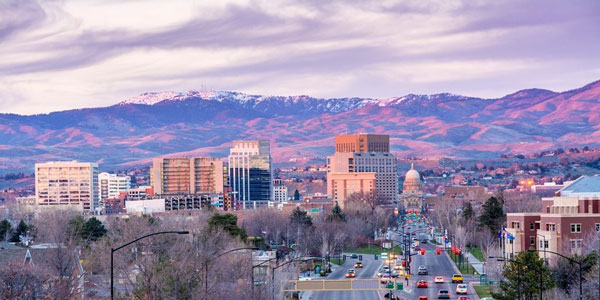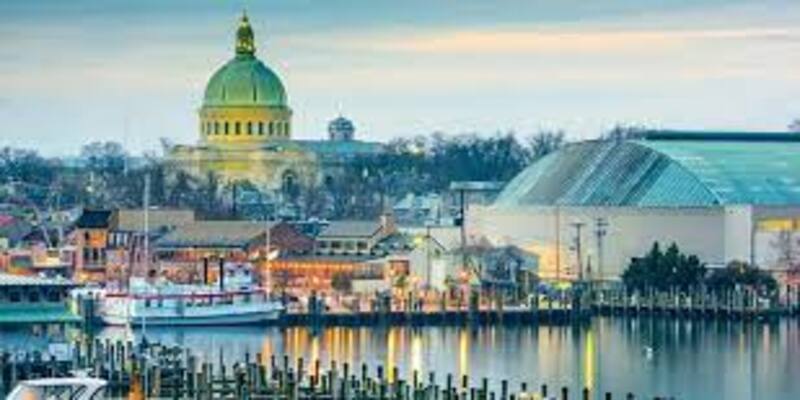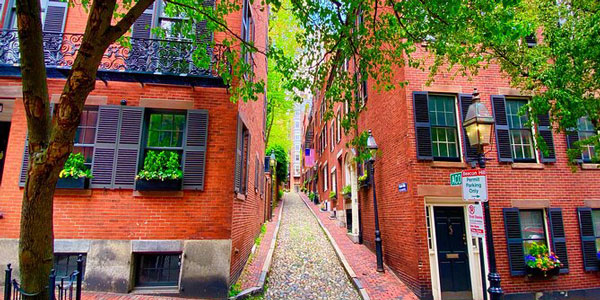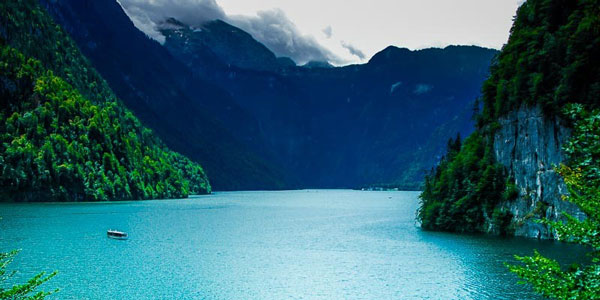When in Barcelona, you can't but notice Gaudi's impact. In the 19th and early 20th centuries, when the city was at its peak, he was its most influential architect. The metropolis he helped create is still being felt today.
Anton Gaud, an Art Nouveau architect, born in 1852, is best known for his innovative takes on Gothic and traditional Catalan architecture. It took only a short time until he found his voice and became genuinely unique.
Many of Gaudi's works have religious elements, earning him the nickname "God's Architect." UNESCO has recognized these structures as World Heritage Sites. His masterpiece, the Basilica of the Sagrada Familia, is the most visited building in Spain.
La Sagrada Familia
Church building began in 1882 and is expected to be completed in 2030. Gaud, a fervent Catholic, devoted the last decade of his life to completing this opus. The intricate design of the church reflects a synthesis of human, natural, and spiritual elements. Those interested in learning more about the church's history can benefit from investing in the audio guide.
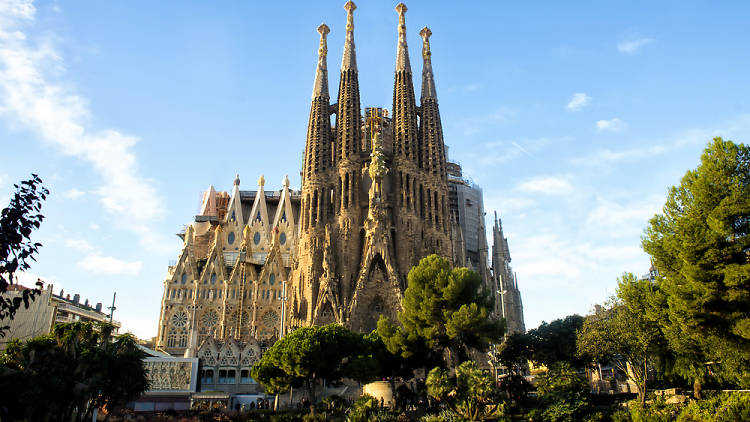
Gaudi Lampposts: Placia Real and Pla del Palau
After finishing school, Gaud's first contract was to build street lighting for the municipality. In response to a request from the municipal council in 1878, he created lamps with three and six arms, each topped with a winged helmet. Made of cast iron and marble, they served as a symbol of Barcelona's economic might. They have all but vanished from Pla del Palau and Placia Real.
Casa Batllo
Renovated by Antoni Gaud in the early 20th century, Casa Batllo is a landmark in Barcelona. He worked on it for two years, remodelling the outside, main floor, patio, and roof. The flowing form makes it stand out among his other works.
Located in Barcelona's Eixample neighbourhood, it was inspired by the Art Nouveau style. He used shattered ceramic tiles he found in a local glass business's garbage to create a mosaic that adorned the building's front.
The roof features an arching design, which has been compared to a dragon's back. Among the Gaud structures, this is among my favourites.
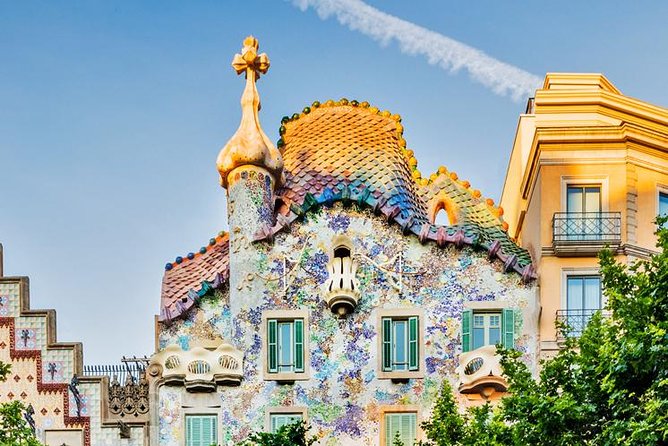
Palau Guell
The Palau Guell building, located just off La Rambla, doesn't demand attention as other Gaud creations do. It was designed for one of Gaudi's supporters, Eusebi Güell, between 1886 and 1888.
The house revolves around the grand living area where the social elite is entertained. There are tiny openings towards the top of the main party room's high ceiling, through which lanterns were strung each night to create the illusion of a starry sky as guests entered the space after dark.
Tree-like chimneys topped with brightly coloured bricks are a distinguishing feature. It makes me feel a little uneasy and gothic. It's also one of my favourites.
Park Guell
The 45-acre Park Güell was a garden complex created between 1900 and 1914. Recently, it has been transformed into a public park and recognized by UNESCO as a World Heritage Site. The park's main terrace features a sea serpent-shaped seat that serves as the park's focal point. Conveniently, the park and La Sagrada Familia are located near one another. The park is very vibrant with colour!
Casa Calvet
Casa Calvet, located in Barcelona's Eixample neighbourhood, was constructed between 1898 and 1900 as the home of a textile manufacturer. For reasons including its location in a beautiful region of Barcelona and the constraints imposed by its proximity to preexisting buildings, this tower is the most conventional of his designs.
The home is remarkable for a Gaud in that it features symmetry, balance, and an ordered rhythm. Modernist features include rounded corners, a double roof, and a projecting oriel at the entryway.
The Casa Vicens
Gaud's first significant project was the Casa Vicens. The home features unfinished stonework, rough red bricks, and colourful ceramic tiles in checkerboard and floral designs. Ceramic tiles were used as a way to honour the customer, who was the proprietor of a brick and tile factory.
This building is typical of Gaudi's "orientalist" era when he drew inspiration from the Middle East and elsewhere in the East. Distinct from his other sites, this one.
The Casa Mila
Casa Mila, or "La Pedrera" as it is commonly called, was built by Gaudi between 1906 and 1910. Creating an atmosphere reminiscent of a snowy mountain was the main objective.
As a devout Catholic and admirer of the Blessed Virgin Mary, Gaud intended the Casa Milà to serve as a religious symbol and incorporated several references to his faith into the building, such as a rosary prayer extract on the cornice and sculptures of Mary, St. Michael, and St. Gabriel.
Before its restoration to its former glory in the late 1980s, Casa Milà had fallen into disrepair and had been partly abandoned.

